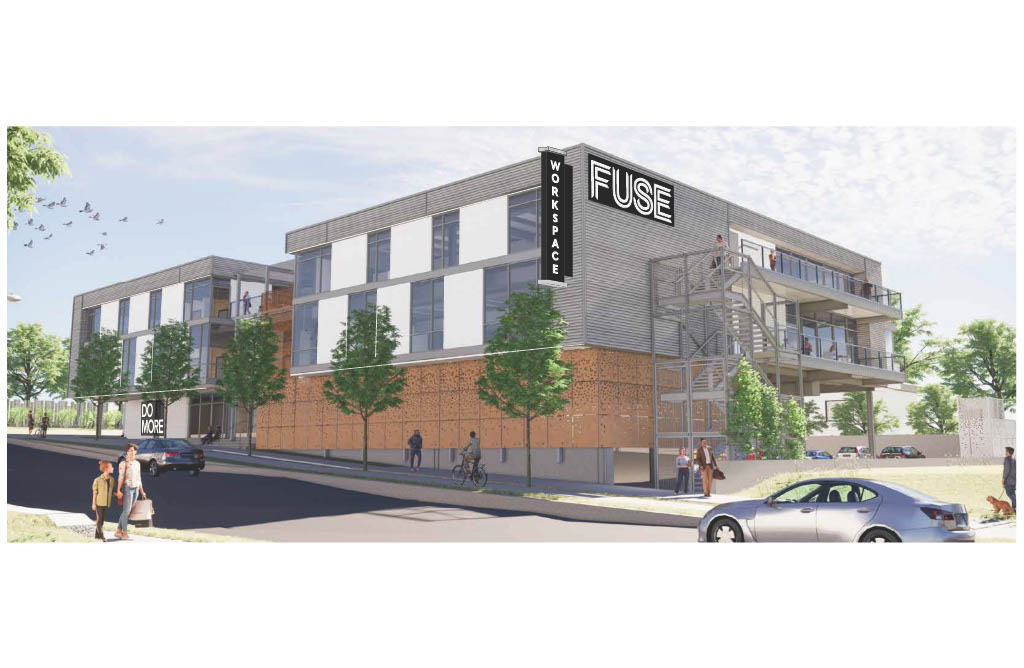Empire State Building Keeps Getting Greener
After undergoing a retrofit initiative in 2009, the tallest building in New York City has achieved Energy Star certification for 2010, its second year in a row.
July 13, 2011
By Nicholas Ziegler, News Editor
While sustainability and green initiatives are typically done in small steps — echoing the old “think locally, act globally” sentiment — in this case, thinking big got the job done. After undergoing a retrofit initiative in 2009, the tallest building in New York City has achieved Energy Star certification for 2010, its second year in a row. The building was something of a challenge, according to Anthony E. Malkin, president of Malkin Holdings, which directs the greening operation of the building.
“Receiving an Energy Star rating is a significant accomplishment for any building, and we are proud that our pre-war building has again qualified,” he said. “This is only a part of our ongoing commitment to sustainability and reduced environmental impact.”
The 2009 retrofit aimed to reduce energy use by more than 38 percent, saving the building more than $4.4 billion annually, mostly through the replacement and refurbishing of windows, the addition of insulation in key areas and the introduction of tenant energy-management systems that allow for more efficient control of power.
Earlier this year, the building became New York’s largest commercial purchaser of 100 percent renewable energy. Buying its power from Green Mountain Energy Co., the two-year contract stipulated 55 million kilowatt-hours of renewable energy annually, saving 100 million pounds of carbon emissions per year. The Empire State Building also recently entered into a contract with Otis to modernize the structure’s 68 buildings, which will also return generated energy back into the building’s power grid.
According to the Urban Land Institute, building retrofits are hot topics in commercial real estate. While the goal is to improve energy and environmental performance, to reduce water use and to improve the general conditions of a property, they are typically done, in the words of Doug Gatlin, vice president of marketplace development for the U.S. Green Building Council, “in a way that is financially beneficial to the owner.”








You must be logged in to post a comment.